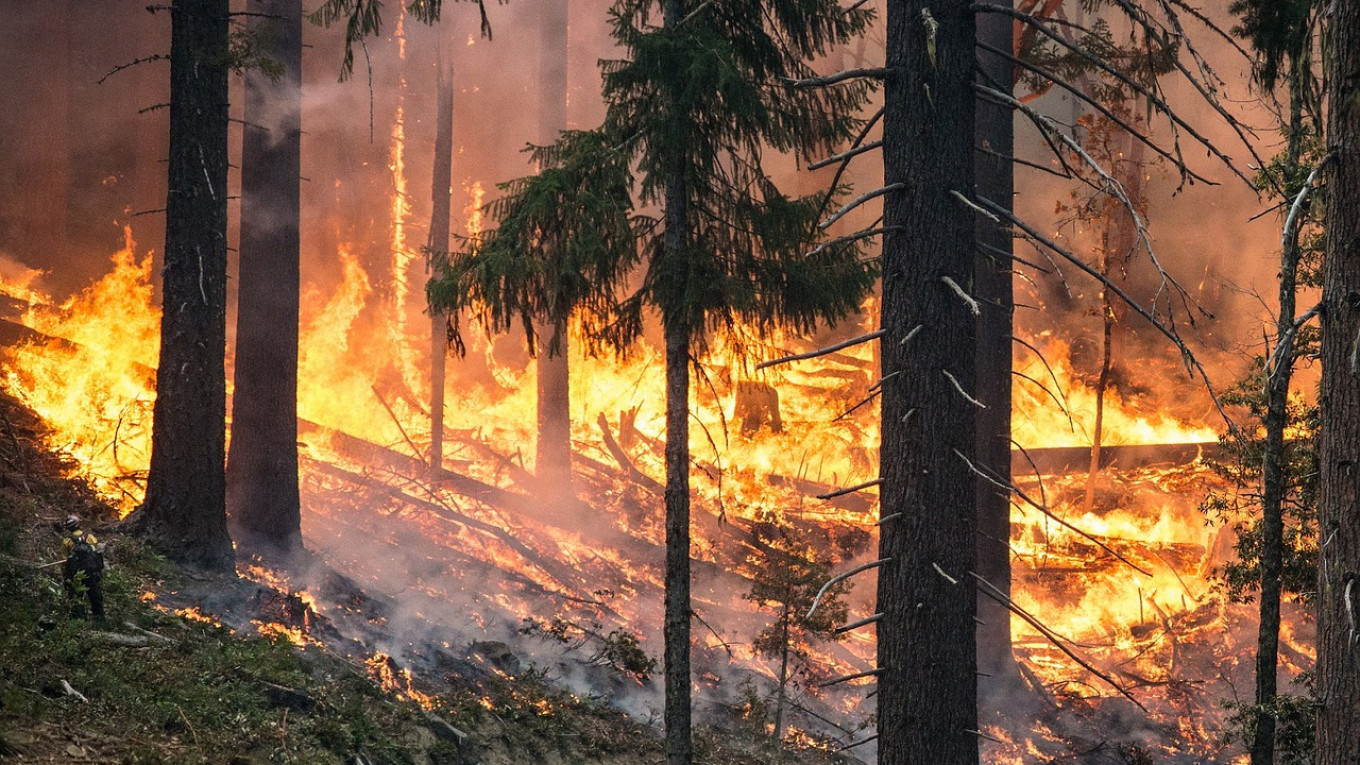
According to the Russian Federal Agency for Forestry, they are using cloud seeding to create rain to help fight fires in the Siberia region of Eastern Russia.
As of Friday, July 10, there were 158 forest fires covering 46,261 hectares (about 180 square miles). Fortunately, that number is down by nearly 70% just at the beginning of last week. Since the beginning of the year, over 4.62 million hectares, almost 18,000 square miles, of Russia’s forests have burned.

Scientists and climatologists credit above-average temperatures and below-average precipitation for fueling the fires’ spread. According to the Copernicus satellite program, May was 18°F hotter than average, and June was 9°F above average. Siberia has also seen record-breaking temperatures so far in 2020.
- Related: Siberian Town Experiences Hottest Temperature Ever Recorded in the Arctic
- Related: May 2020 Was 18ºF Warmer Than Average in Siberia
Cloud seeding works by “seeding” or inserting particles into the atmosphere, which forces water vapor in the clouds to condense around the particles, and when heavy enough, these water droplets will fall as rain. The Russian Federal Agency for Forestry will use silver iodide particles dropped from planes above the clouds.
The Agency for Forestry is hoping that the rain will aid the slowing of the fires by adding additional moisture to the equation. This not only helps suppress current fires but also removes fuel for future fires, by making the fuel wet enough that it has a hard time catching on fire.
